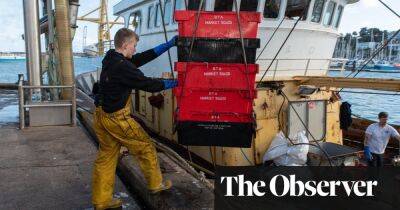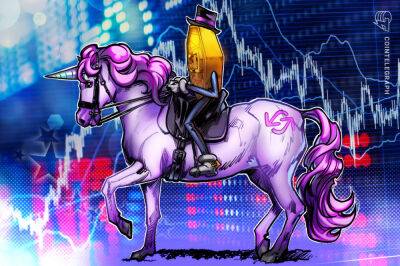Ramen a leg: noodle prices heat up as wheat supply goes to pot
The world’s hundreds of millions of noodle eaters face a rise in the price of their favourite meal as producers look set to heap surging wheat, energy and transport costs on to consumers.
Factors ranging from the war in Ukraine to droughts and floods in the past year have combined to cause a price squeeze that could see the cost of wheat rise 30% this year in China, while also adding to already rising prices in South Korea and Japan.
In China, the world’s largest consumer of noodles, food inflation is rising at the quickest pace for almost two years as large cities such as Shanghai open up after lockdowns.
Widespread floods in the country’s wheat belt in 2021 have caused a shortage of the basic ingredient of noodles, exacerbated by supply chain problems and now the war in Ukraine.
Prices of refined flour are already up more than 10% in China since the beginning of the year, to record highs, according to data from Mysteel, a China-based consultancy, and may rise further if wheat costs keep climbing.
“Food flour prices have basically stabilised at the moment,” a trader with a major milling plant in China told Reuters. “But higher wheat prices will eventually be passed on to end products.”
Mama Lai and her husband have run their food stall in a small Taipei street market for more than three decades, but she has rarely seen such high price increases.
Wearing a face mask and a backwards baseball cap, Lai doles out dish after dish of noodles and soup for about 60NTD each ($2) to queues of customers.
“Compared to past decades, I feel the noodle prices have increased a lot more in the last two to three years,” she says. “It keeps going up. I didn’t really feel the price increases until the last five years.”
The price of wheat had already
Read more on theguardian.com


















